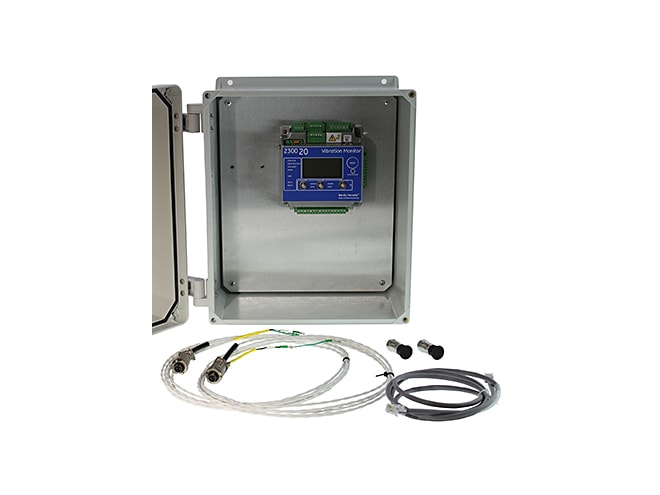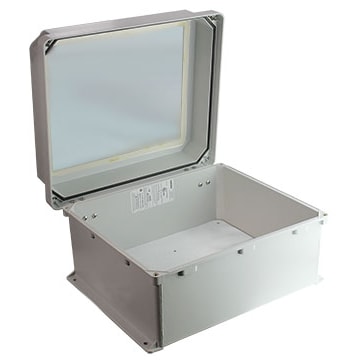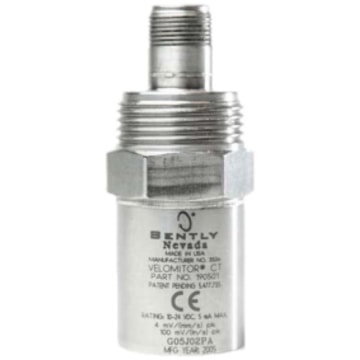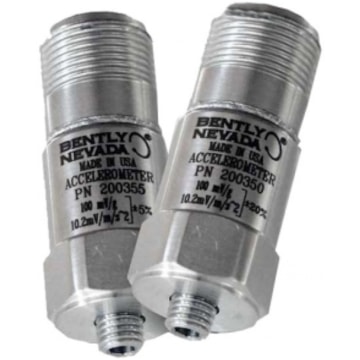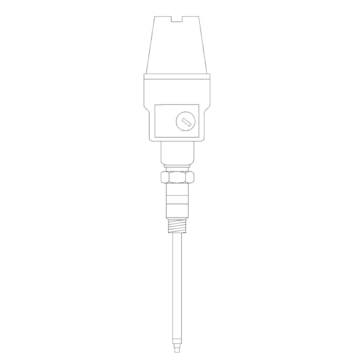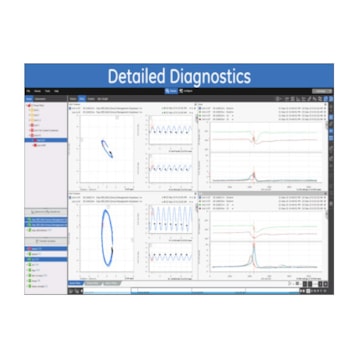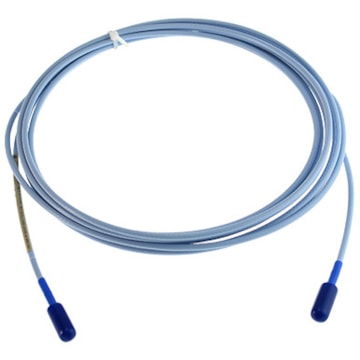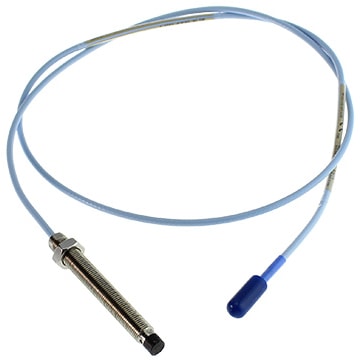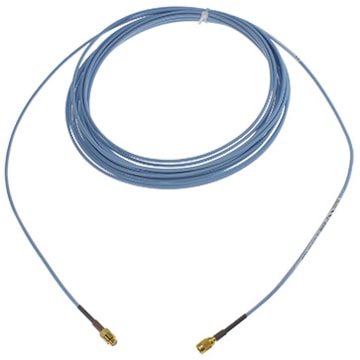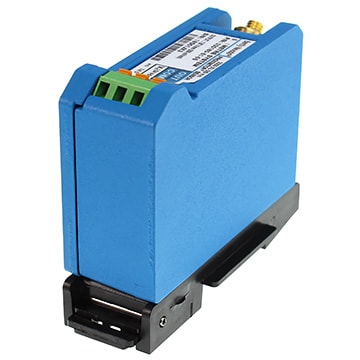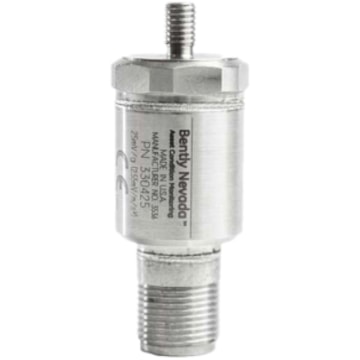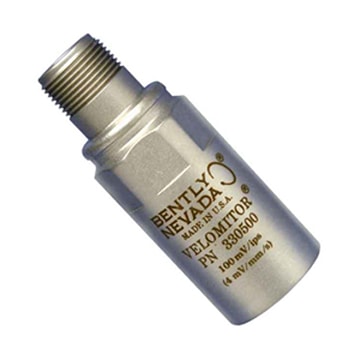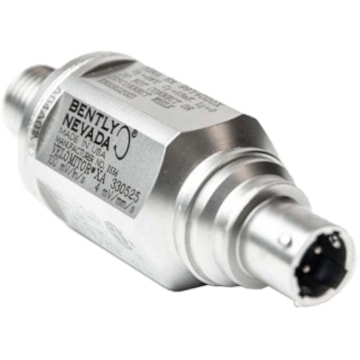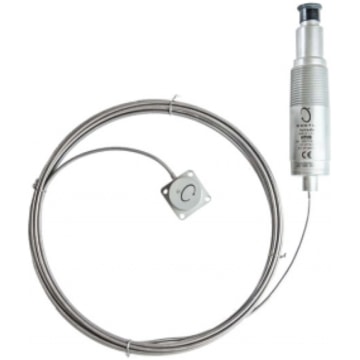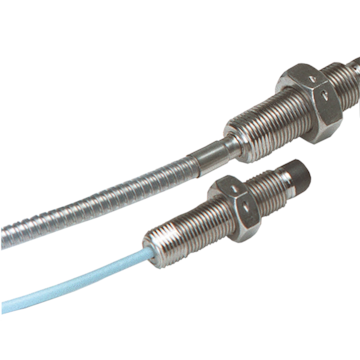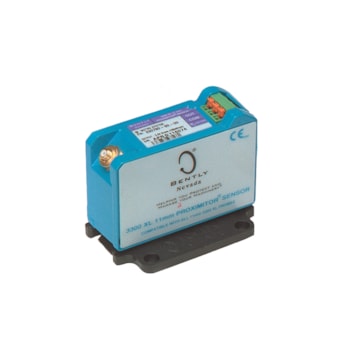
Bently Nevada 2300 Series Vibration Monitor
Continuous monitoring and protection, self-contained, compact, stand-alone vibration monitoring.
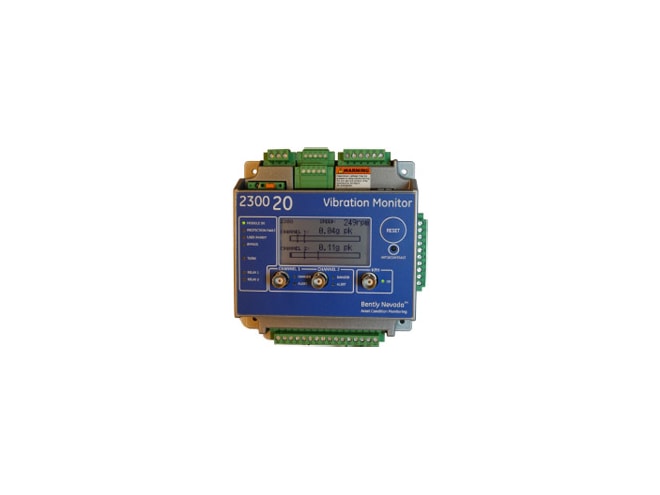
-
Some models in stock. View available part numbers.
Overview
Features
- Two-channel device
- Compact, stand-alone vibration monitoring
- Two relay outputs with programmable setpoints
- Ethernet 10/100 Base-T communication
- Continuous monitoring and protection
- Three buffered transducer outputs
- LCD display
- Two acceleration inputs
Description
The Bently Nevada 2300 Series Vibration Monitor provides cost-effective continuous vibration monitoring and protection capabilities for less critical and spared machinery. They are specifically designed to continuously monitor and protect essential medium to low criticality machinery in a wide range of industries including: oil & gas, power generation, water treatment, pulp and paper, manufacturing, mining, cement, and other industries.
The 2300 Vibration Monitors deliver vibration monitoring and high vibration level alarming. They include two channels of seismic or proximity measurement inputs from various accelerometer, Velomitor and Proximitor types, a speed input channel for time-synchronous measurements, and outputs for relay contacts. The 2300/20 monitor features a configurable 4-20 mA output which interfaces more points to a DCS. The 2300/25 monitor features System 1 connectivity for Trendmaster SPA interface which enables users to leverage existing DSM SPA infrastructure.
The 2300 Vibration Monitors are designed for use on a broad range of machine trains or individual casings where the sensor point count fits the monitor's channel count and where advanced signal processing is desired.
Documents
Accessories
Applications
This product can be used in the following applications:
- Machinery Health
- Oil, Gas and Petrochemical
- Paper
- Plastics
- Power Generation
- Preventative Maintenance
- Waste-water and Grey Water
Here's how some of our customers use this product...
Maintaining the Structural Stability of Chemical Mixing Tanks
The Background: Our customer is a chemicals company with a large number of mixing tanks on their production floor. They seek a way to monitor the vibration of these tanks to prevent potential health hazards or damage to the equipment.
The Problem: The mixing tanks are known to vibrate violently at times. In one case, a tank vibrated to much that one of the legs of the tank dislodged and punctured the tank, spilling chemicals all over the production floor. Keeping the mixer at a level that maximizes its efficiency while not causing damage is a priority for the customer.
The Solution: We suggested a 2-channel GE Bently Nevada 2300 vibration monitor. One channel can monitor the vertical shaft on the mixer while the second can be used with an accelerometer to measure the vibration of the mixer motor. Even though this is far from where the damage was occurring, accelerometers on the roller element bearings do the best job of measuring vibrations due to a number of different causes. Now the customer has their alarm levels established and can shut down before vibrations cause failure.
Solving Thrown Gears and Snapped Belts in a Rotary Grain Cleaner
The Background: Our customer is an agricultural company that uses a rotary grain cleaner to separate the dockage from the grain before it gets shipped or stored.
The Problem: The unit rotates at low speed (under 400 rpm) and is throwing gearboxes and snapping drive belts. The customer needs a way to identify the problem and to prevent its recurrence.
The Solution: We recommended the GE Bently Nevada 2300 Series Vibration Monitor. By knowing the rotational rate of the motor and the number of teeth on the gears, the user can calculate the gear mesh frequency. With the 2300 they can monitor this specific frequency to see the state of the gearbox. Waveform data can also be shown on an oscilloscope or a condition monitor such as the GE Bently Nevada VB7 condition monitor. If the waveform shows a spike matching up with the gear mesh frequency then the customer will have a pretty good idea that the gear has a chipped or has a broken tooth. If they see the waveform modulate with run speed then it could be a worn out gear mesh or the gears could be too far apart to mesh consistently.
The second part of the application involved the snapping of drive belts. Again, the user can calculate the belt pass frequency and use the 2300 to monitor this as well. The belt pass frequency is dependent on the belt length and, before the belt snaps it will elongate. Rather than monitor the amplitude of this signal we are more interested in the frequency. By using a low frequency sensor and monitoring the range of frequencies where the belt pass frequency would be, the user can determine when the belt has elongated and the operator can change a low cost belt rather than deal with the damage caused by the snapped belt balling up in the machine.
In Stock
| Part Number | Price | Available | |
|---|---|---|---|
|
2300/20-02 |
Call for pricing | 4 in stock | |
Interested in Other Part Numbers?
Other part numbers are available to order but are not currently in stock. Current availability for non-stock parts is "Call for availability". Click here to select options
Need Help? Call a Calibration engineer at 1-800-884-4967
We're open Mo-Th 8am to 5:30pm. Fr 8am to 5pm ET



